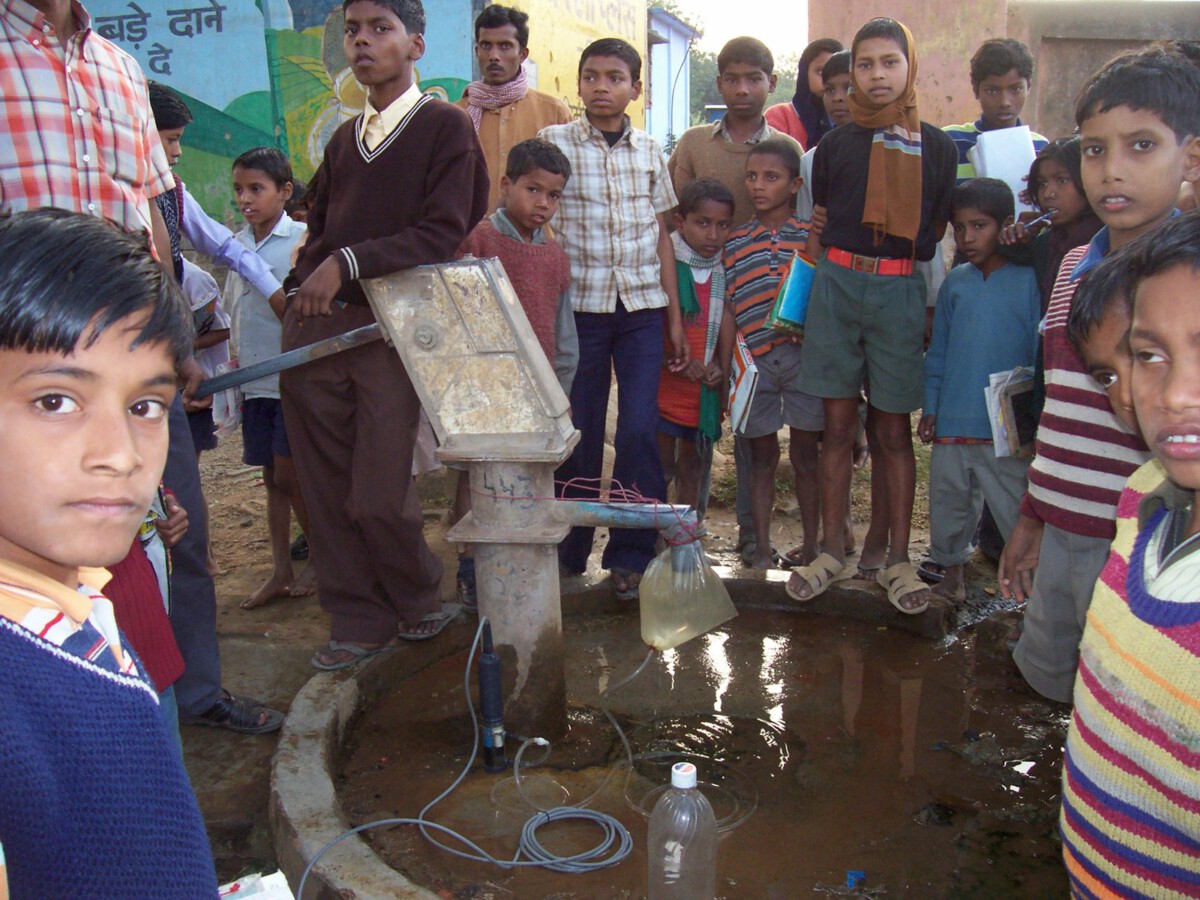Steel Powerhouse That Transformed the Nation

Picture Pennsylvania as America’s beating industrial heart during the late 1800s and early 1900s. By 1889 Carnegie had also acquired the Pittsburgh Bessemer Steel Works, the Lucy Furnaces, the Union Mill, the Union Iron Mills, the Keystone Bridge Works, the Hartman Steel Works, and the Frick Coke Company, among others. At this point the United States had become the primary producer of steel in the world, and Carnegie was U.S. steel’s de facto owner, owning roughly one-quarter of the global market share. The factories that sprouted along Pennsylvania’s rivers didn’t just make steel – they forged America’s entire industrial destiny. These massive industrial complexes turned a young nation into a global manufacturing superhouse, and Pennsylvania was leading the charge.
Twenty years later, it produced 11,227,000 tons, more than England and Germany combined. By that time, steel was the measure of a country’s industrial might, and Carnegie was primarily responsible for American strength in steel production. Pennsylvania’s factories became the envy of nations, proving that American industry could not only compete but dominate on the world stage.
Carnegie’s Empire Along the Three Rivers

Andrew Carnegie’s story reads like something out of an American dream novel. Under the leadership of Carnegie’s strong-willed mother, the family emigrated to Allegheny, Pennsylvania, in 1848, when Andrew was 13 years old. With his formal education, such as it was, at an end, he found work as a bobbin boy in a cotton mill, earning $1.20 for laboring 12 hours a day, six days a week. From those humble beginnings in a Pennsylvania cotton mill, Carnegie would build the most powerful steel empire the world had ever seen.
By the time the corporation was sold in 1901, Carnegie had amassed a veritable empire of steel production along the Allegheny, Monongahela, and Ohio rivers. Each production site was supplied by Carnegie-owned mines and coke fields, and their goods were transported by Carnegie river barges. This integrated approach was revolutionary for its time, creating what we now call vertical integration across Pennsylvania’s industrial landscape.
The Revolutionary Bessemer Process Changes Everything

The corporation set the standard for the steel making industry by being the first to use the Bessemer Process, which elevated steel manufacturing to a new level within the United States. The Bessemer process included turning molten pig iron into steel, which was 16 times more durable. Before Bethlehem Steel manufactured with the Bessemer process in 1873, companies could only produce the less resilient iron railroad rails. This technological breakthrough transformed not just Pennsylvania’s factories, but America’s entire manufacturing capability.
The impact was immediate and dramatic. As a consequence, the output of the Edgar Thomson Works steadily rose from 21,674 tons in 1875 to 536,838 tons in 1889. During the same period his costs fell from $58 to $25 a ton with the profits rising accordingly. Pennsylvania factories weren’t just producing more steel – they were producing it cheaper and better than anywhere else in the world.
Bethlehem Steel’s Architectural Legacy

While Carnegie dominated Pittsburgh, Bethlehem Steel carved out its own legendary status in eastern Pennsylvania. The Bethlehem Steel Corporation was an American steelmaking company headquartered in Bethlehem, Pennsylvania. Until its closure in 2003, it was one of the world’s largest steel-producing and shipbuilding companies. This company didn’t just make steel – it literally built America’s skyline.
Without Bethlehem Steel, eighty percent of New York’s skyscrapers, as well as the Ben Franklin, George Washington, and Golden Gate bridges would not exist. The revolutionary H-beam production process pioneered at Bethlehem allowed architects to dream bigger. This process assisted the plant in producing H-section steel beams that were lighter, wider and cheaper than traditional beams. These revolutionary beams allowed for taller skyscrapers and longer bridges to be built. By 1913, Bethlehem Steel made it possible to build high rise buildings, now a staple of many city skylines.
War Production That Saved Democracy

Pennsylvania’s factories proved their worth when America needed them most. As the United States came together to support the oversees efforts of World Wars I and II, Pennsylvania’s manufacturing infrastructure played a pivotal role in supporting the U.S. and Allied war efforts. Pennsylvania industries were essential in producing ships, tanks (like the Stuart Tank in Berwick, PA), aircraft, and artillery shells and ammunition among many other needed supplies. The factories that had been built for peaceful industry quickly transformed into the “Arsenal of Democracy.”
The numbers tell an incredible story of wartime production. By 1943, approximately 30,000 women were working in war plants in southwestern Pennsylvania alone. Their contributions were vital to maintaining production levels and supporting the war effort, showcasing their capability and resilience in the workforce. Pennsylvania’s factories didn’t just support the war – they helped win it.
Westinghouse and the Electric Revolution

In the twentieth century, electrical equipment manufacture also became prominent. George Westinghouse was a leader in both these fields. His air brake, patented in 1869, revolutionized railroading and was followed by his numerous inventions of signals, switches, and other safety features for trains. Pennsylvania wasn’t just about heavy industry – it was pioneering the technologies that would power the modern world.
The image of Rosie was popularized by a 1943 poster created by J. Howard Miller for Westinghouse Electric Corporation, featuring the famous “We Can Do It!” slogan. Even the iconic “Rosie the Riveter” poster that came to symbolize American industrial might originated from a Pennsylvania company, showing how deeply the state was woven into America’s industrial identity.
The Railroad Connection That Built America

During this period, Pennsylvania dominated the manufacture of railroad equipment. The state’s factories didn’t just serve local needs – they equipped the entire nation’s transportation revolution. Pennsylvania’s strategic location and industrial capacity made it the natural center for railroad manufacturing, which in turn fueled westward expansion and national economic growth.
The relationship between Pennsylvania’s factories and the railroads was symbiotic. The sturdier steel rails allowed for the transportation of coal, war supplies, and other steel products throughout the country. Pennsylvania factories produced the rails that carried Pennsylvania coal and steel to build America, creating a cycle of industrial growth that spread across the continent.
Scientific Management Revolution

Representative of America’s “Management Revolution” was the Philadelphia genius Frederick Winslow Taylor, who abandoned a law career because of poor eyesight and worked as a laboring mechanic. Soon he advanced to making improvements in the organization of major corporations like Bethlehem Steel, for which he worked from 1898 to 1901. He set up his own management consulting company in Philadelphia, becoming America’s first efficiency engineer. His crowning achievement was the publication in 1911 of Scientific Management. Pennsylvania wasn’t just manufacturing products – it was manufacturing better ways to manufacture.
Taylor’s work at Pennsylvania factories revolutionized how industrial work was organized worldwide. His scientific approach to management, developed and tested in Pennsylvania steel mills, became the foundation for modern industrial efficiency. Pennsylvania factories served as laboratories for innovations that would spread globally.
Food Processing and Consumer Goods

Food processing grew into a major industry – 1905 was the year of the Hershey Chocolate factory and the incorporation of the H.J. Heinz Company. Henry J. Heinz, known as “The Good Provider,” led a movement for model factories based on the principle that workers deserved clean, pleasant work conditions with some chance for self-improvement. Pennsylvania factories weren’t just about heavy industry – they were creating the consumer brands that would become household names across America.
The Heinz factory represented a new model of industrial production. Also, he fought for federal legislation outlawing commercially processed foods that had false labels and harmful chemical adulterations. This culminated in the passage of federal legislation in 1906. Pennsylvania’s food processing factories didn’t just feed America – they helped establish food safety standards that protected consumers nationwide.
Immigration and the Industrial Workforce

This rapid growth attracted millions of immigrants from Eastern and Southern Europe to work in factories, mines, and mills. The labor force of this era contributed to Pennsylvania’s ethnic and cultural diversity, which remains today. Pennsylvania’s factories became melting pots where immigrants from dozens of countries worked side by side, creating the diverse industrial workforce that powered American manufacturing.
The scale of this immigration was unprecedented. Pennsylvania’s factories offered opportunities that drew people from around the world, transforming small industrial towns into vibrant, multicultural communities. These immigrant workers brought skills, traditions, and work ethics that enhanced Pennsylvania’s industrial capabilities and created lasting cultural legacies.
Modern Manufacturing Landscape

Today’s Pennsylvania manufacturing tells a story of adaptation and resilience. According to industrial data provider MNI, Pennsylvania is currently home to 13,005 manufacturers employing 693,521 workers. Philadelphia is the state’s largest industrial city home to 637 manufacturers and 32,572 workers. Pittsburg is a close second with 560 factories employing 28,444. While the industries have evolved, Pennsylvania remains a manufacturing powerhouse.
Food processing ranks as the state’s largest industrial sector by number of jobs, employing 88,418. Industrial machinery ranks second, with 83,280 workers, while third-ranked fabricated metals accounts for 78,979. Other top industries in Pennsylvania include chemicals; plastics/rubber and electronics. The diversity shows how Pennsylvania’s industrial base has adapted to changing economic conditions while maintaining its manufacturing strength.
High-Tech Manufacturing Giants

Pennsylvania continues to host major manufacturing operations that shape global industries. Pharmaceutical giant Merck & Co.’s sprawling West Point, PA plant is home to 9,500 employees – the company’s largest manufacturing site. Workers and researchers there make and test pharmaceuticals, vaccines and biological products. Modern Pennsylvania factories are producing life-saving medicines rather than just steel beams, but with the same precision and scale that built the state’s reputation.
Sanofi Pasteur is the vaccine wing of pharmaceutical giant Sanofi, home to 3,000 employees. The company produces vaccines and biological products at this 350,000 square foot plant, including influenza vaccines. Like many other vaccine makers, the company is active in pursuing vaccines, test and treatments for the COVID-19 virus. Pennsylvania’s factories have evolved from making materials that built America to making medicines that heal the world.
The Transformation from Steel to Innovation

The site of the company’s original plant in Bethlehem, Pennsylvania is home to SteelStacks, an arts and entertainment district. The plant’s rusted five blast furnaces were left standing and serve as a backdrop for the new campus. SteelStacks currently features the ArtsQuest Center, a contemporary performing arts center, the Wind Creek Bethlehem casino resort, formerly Sands Casino Resort Bethlehem, a gambling emporium, and new studios for WLVT-TV, the Lehigh Valley’s PBS affiliate. Where once steel was forged, now culture and technology are being created.
The transformation represents Pennsylvania’s ability to reinvent itself while honoring its industrial heritage. The preserved blast furnaces stand as monuments to an era when Pennsylvania’s factories powered America’s rise, while new industries build on that foundation of manufacturing excellence that still defines the state today.
Pennsylvania’s factories didn’t just make products – they made America into an industrial superpower. From Carnegie’s first steel mill to today’s pharmaceutical plants, Pennsylvania has consistently been where American manufacturing innovation happens. The state that once produced the steel for America’s skyscrapers now produces the vaccines that protect America’s health, proving that while industries change, Pennsylvania’s role as America’s manufacturing heartland endures.





